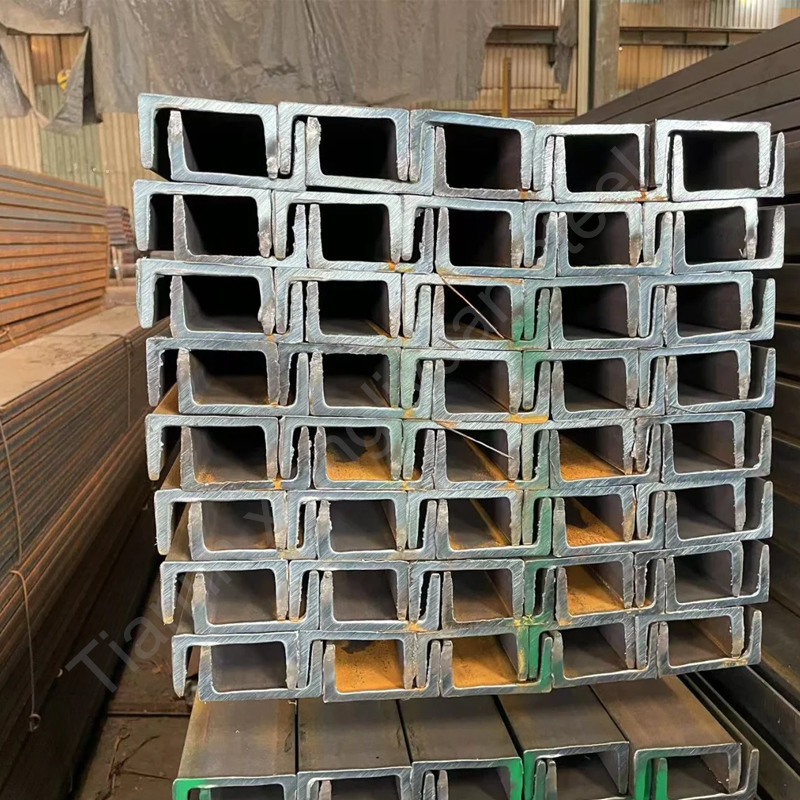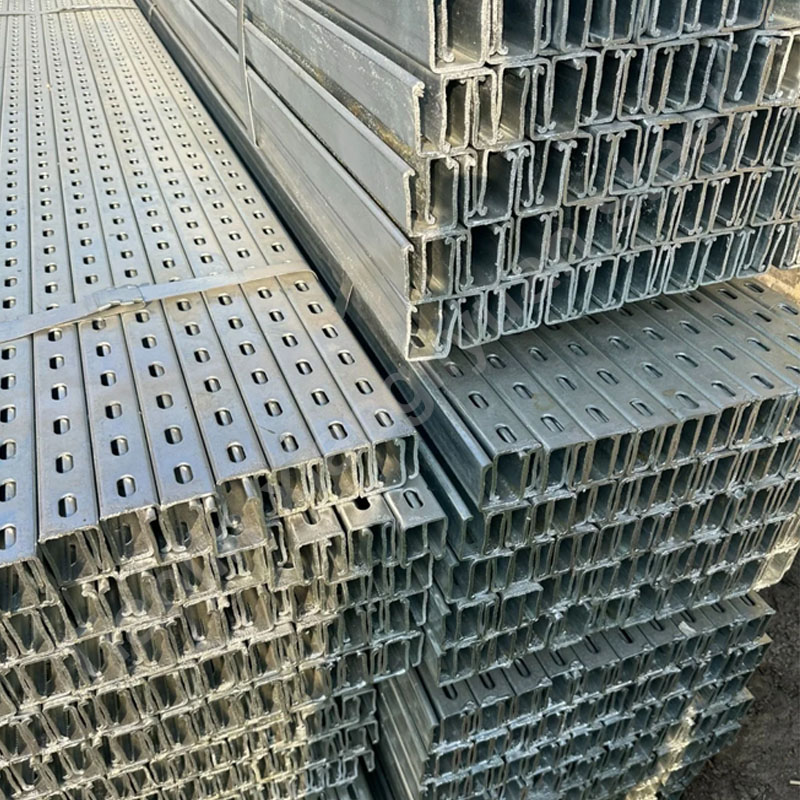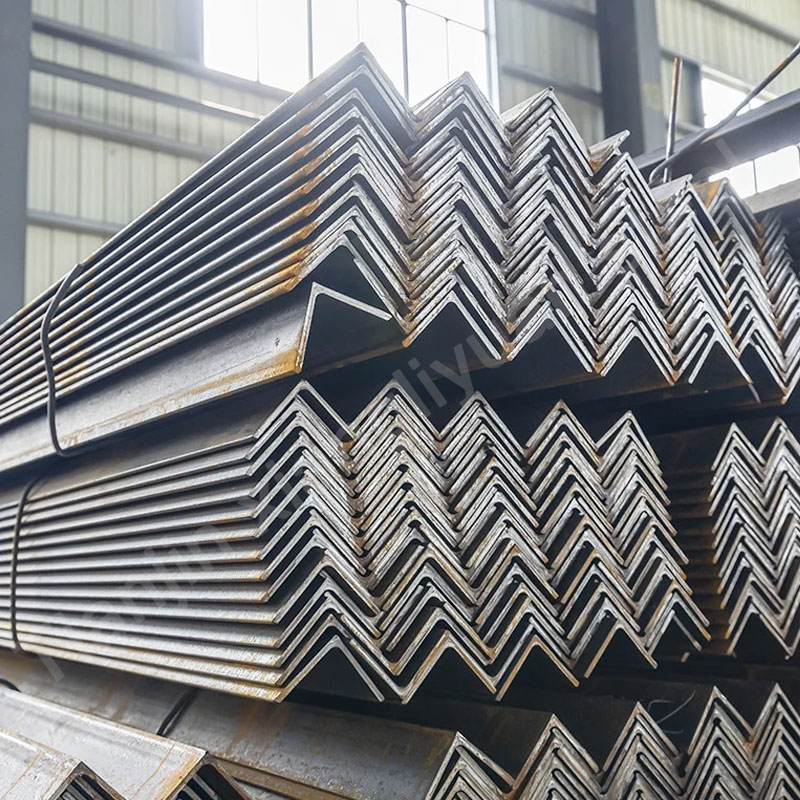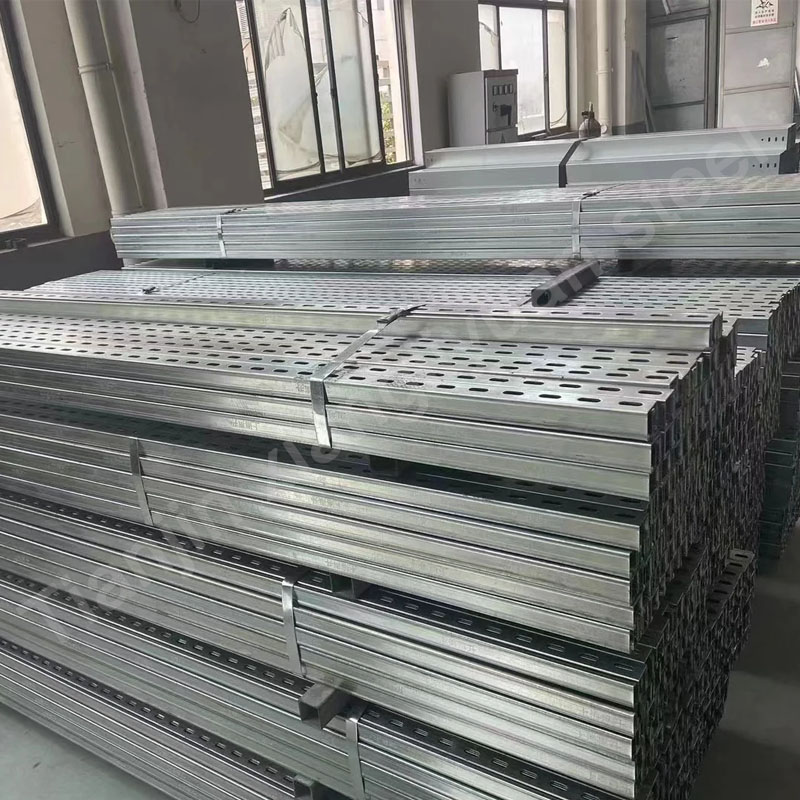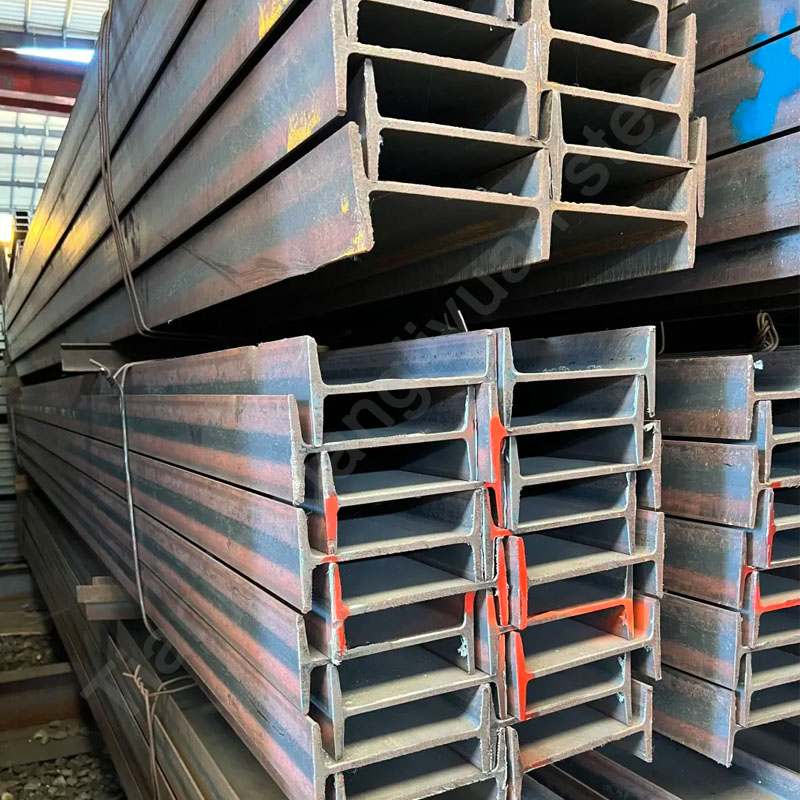Introduction to Channel Steel
Channel steel, also known as channel iron or C-channel, is a long, hot-rolled structural steel product with a distinctive “C” or “U” cross-sectional shape. Its design features parallel flanges and a perpendicular web, offering excellent load-bearing capacity and structural stability. Widely used in construction, manufacturing, and infrastructure projects, channel steel is valued for its versatility, durability, and cost-effectiveness. This article explores the material grades, international standards, common specifications, and applications of channel steel, providing essential insights for engineers, architects, and industry professionals.
1. Material Grades of Channel Steel
Channel steel is manufactured using various grades of carbon steel, stainless steel, and alloy steel to meet diverse mechanical and environmental requirements. Below are common material grades categorized by region:
1.1 Carbon Steel Channels
China (GB/T Standard):
Q235: A general-purpose carbon steel with a yield strength of 235 MPa. Widely used in construction and machinery.
Q355: High-strength low-alloy (HSLA) steel with improved toughness, ideal for heavy-load structures.
United States (ASTM Standard):
A36: The most common grade for structural applications, offering a yield strength of 250 MPa.
A572 Grade 50: HSLA steel with a yield strength of 345 MPa, suitable for bridges and high-stress frameworks.
Europe (EN Standard):
S235JR (EN 10025-2): Non-alloy structural steel with good weldability and impact resistance.
S355JR (EN 10025-2): Higher-strength steel for load-bearing components.
Stainless Steel Channels (Global):
304/304L (UNS S30400/S30403): Corrosion-resistant steel for marine and chemical industries.
316/316L (UNS S31600/S31603): Enhanced resistance to chlorides and acidic environments.
2. International Standards for Channel Steel
Channel steel production adheres to region-specific standards to ensure consistency in dimensions, tolerances, and mechanical properties. Key standards include:
2.1 Chinese Standards (GB/T)
GB/T 706-2016: Covers hot-rolled channel steel dimensions and technical requirements.
Common designations: Channel 5# to Channel 40#, where the number represents the nominal height in centimeters (e.g., Channel 20# has a 200 mm height).
2.2 American Standards (ASTM)
ASTM A36: Standard specification for carbon structural steel channels.
ASTM A572: For high-strength, low-alloy steel channels.
Common U.S. channel types: C-Shapes (e.g., C3x5) where the first number is the depth (inches), and the second is the weight per foot (lbs).
2.3 European Standards (EN)
EN 10279:2000: Specifies tolerances for hot-rolled channel steel.
Common profiles: UPE (European Parallel Flange Channels) and UAP (Arched Flange Channels).
2.4 Other Global Standards
JIS G3101 (Japan): SS400 grade channels for general construction.
IS 2062 (India): Grades E250 and E350 for structural applications.
ISO 657-1: International standard for hot-rolled steel sections.
3. Common Specifications and Dimensions
Channel steel is available in standardized sizes, categorized by regional norms. Below are typical dimensions:
3.1 Chinese Channel Steel (GB/T 706-2016)
| Model | Height (mm) | Flange Width (mm) | Web Thickness (mm) | Weight (kg/m) |
|---|---|---|---|---|
| Channel 5# | 50 | 37 | 4.5 | 5.44 |
| Channel 10# | 100 | 48 | 5.3 | 10.00 |
| Channel 20# | 200 | 75 | 9.0 | 25.77 |
3.2 American C-Channels (ASTM A36)
| Designation | Depth (inches) | Flange Width (inches) | Web Thickness (inches) | Weight (lbs/ft) |
|---|---|---|---|---|
| C3x5 | 3 | 1.41 | 0.17 | 5.0 |
| C4x7.25 | 4 | 0.20 | 0.20 | 7.25 |
| C6x13 | 6 | 0.34 | 0.34 | 13.0 |
3.3 European UPE Channels
| Profile | Height (mm) | Flange Width (mm) | Web Thickness (mm) | Weight (kg/m) |
|---|---|---|---|---|
| UPE 80 | 80 | 45 | 6.0 | 6.8 |
| UPE 200 | 200 | 80 | 10.0 | 29.9 |
| UPE 300 | 300 | 100 | 13.5 | 54.2 |
4. Applications of Channel Steel
Channel steel’s structural efficiency makes it indispensable across industries:
4.1 Construction and Architecture
Building Frameworks: Used as beams, columns, and purlins in commercial and residential buildings.
Bridges and Overpasses: Provides support for heavy loads in infrastructure projects.
Roofing Systems: Channels act as rails for solar panels or cladding.
4.2 Manufacturing and Machinery
Equipment Frames: Forms the skeleton of industrial machinery, conveyors, and agricultural equipment.
Vehicle Chassis: Reinforces trucks, trailers, and railcars.
4.3 Energy and Utilities
Solar Farms: Channels support mounting structures for solar arrays.
Power Transmission: Used in electrical pole cross-arms.
4.4 DIY and Furniture
Shelving Units: Affordable and easy-to-assemble storage solutions.
Decorative Elements: Polished stainless steel channels for modern interior design.
5. How to Choose the Right Channel Steel
Selecting the appropriate channel iron requires evaluating:
Load Requirements: Higher-strength grades (e.g., Q355, A572) for heavy-duty applications.
Environmental Conditions: Stainless steel (304/316) for corrosive environments.
Compliance: Ensure alignment with regional standards (ASTM, EN, GB/T).
Cost Efficiency: Balance performance needs with budget constraints.
Channel steel (or channel iron) is a cornerstone of modern engineering, offering unmatched versatility in construction, manufacturing, and infrastructure. By understanding its material grades, international standards (such as ASTM A36, EN 10025, and GB/T 706), and common specifications, professionals can optimize their projects for strength, durability, and cost-effectiveness. Whether you’re sourcing UPE channels in Europe, C-channels in the U.S., or metric channels in Asia, this guide equips you with the knowledge to make informed decisions.
If you need high-quality channel steel customized according to your needs, please contact our technical team! infosteel@xlygt.com

